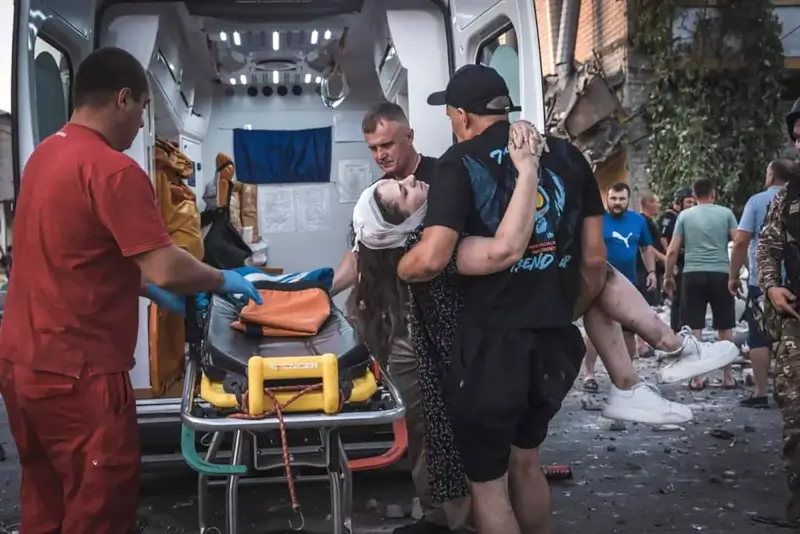
Ukrainian emergency workers carry wounded civilians from a building damaged by a Russian missile strike on Povrovsk on Aug. 7, 2023.
[Ukrainian Emergency Service]
It happened Aug. 8 in the eastern Ukrainian city of Pokrovsk, 50 kilometres from the front line. Authorities said at least nine people were killed, including a rescuer, and 82 wounded, 38 emergency workers and two children among them.
The two missile strikes damaged or destroyed at least 12 buildings, including a hotel, a prosecutor’s office, a pharmacy, shops and two cafes. After the second attack, the search for survivors was suspended overnight out of concern that there could be additional strikes on rescuers, The New York Times reported.
President Volodymyr Zelenskyy called targeting the rescue workers a “deliberate decision” by the Russians “to cause the greatest pain and damage.”
“All of [the first responders] were there because they were needed, putting their efforts into rescuing people after the first strike,” said national police Chief Ivan Vyhivskyi. “They knew that under the rubble were the injured—they needed to react, to dig, to retrieve, to save. And the enemy deliberately struck the second time.”
Russia’s defence ministry claimed its forces had hit a Ukrainian military command post. Ukrainian officials rejected the assertion.
“Of course this claim by Russia’s deceitful propaganda has no basis in reality,” said Ukrainian military spokesman Serhii Cherevatyi.
The first Iskander missile, aimed at civilians, hit about 7:15 p.m., Ukrainian officials said. At 7:52 p.m., as firefighters battled the blaze and emergency crews raced to pull people out of the rubble, a second Iskander slammed into the area.
“The one-two punch is a tactic that Russia has used before,” reported The Times, adding Ukrainian officials said the timing appeared to have been calculated to kill as many emergency services workers as possible.
The head of the Pokrovsk city administration, Serhii Dobriak, described the attacks as “a typical Russian scenario: 30-40 minutes between missiles.”
“When rescuers come to save people’s lives, another rocket arrives. And the number of casualties increases,” he told local media.
Zelenskyy’s office said Russia also dropped four guided bombs on a village near Kupiansk, in the Kharkiv region, killing two civilians. It said rescuers later came under fire and two were wounded.
Ukrainians call them “double-tap attacks,” and Russia has employed them before. Last Oct. 17, two drone attacks an hour apart hit opposite sides of the same street in Kyiv—among 30 “kamikaze” drone attacks that day. Four people were killed.
The World Health Organization reported in May that it had verified the 1,000th attack on health care in Ukraine since the invasion began, the highest number it has ever recorded in any humanitarian emergency.
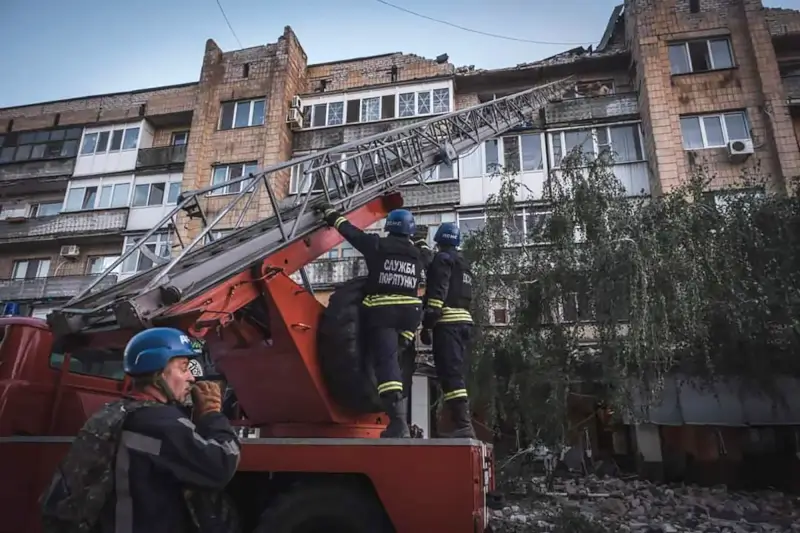
Ukrainian emergency workers evacuate civilians from a building damaged by a Russian missile strike on Povrovsk on Aug. 7, 2023.
[Ukrainian Emergency Service]
The study, published in the journal Prehospital and Disaster Medicine, consulted the Global Terrorism Database and reviewed documented terrorist attacks against EMS that occurred world-wide from 1970-2019.
The team documented 184 terrorist attacks against EMS, recording timings, attack and weapons types, casualty figures, and whether the attacks were primary or secondary. Reports were excluded if EMS were not targeted or if it was unclear that they were.
In the documented cases, 748 people were killed and 1,239 injured. The report said terrorist attacks against EMS have significantly increased in recent two decades—from 10 in the first decade after the first case was recorded in 1997, to 39 in the decade ending in 2019.
The Middle East/North Africa was the most frequently affected region with 81 attacks, or 44 per cent, followed by South Asia with 41 (22.3 per cent)
Bombings and explosions was the most common attack category (85 incidents, or 46.2 per cent of documented attacks) followed by armed assaults (68; 35.3).
The deadliest year was 2018, with 170 killed. The single deadliest attack came on Jan. 27, 2018 in Kabul, when a suicide bomber detonated an explosives-laden ambulance in a crowded street, killing 104 people and wounding 235.
“This analysis…demonstrates that terrorist attacks against EMS have significantly increased during the years and that secondary attacks are an emerging risk,” said the report. “Terrorist attacks against EMS are most prevalent in countries with high level of internal conflicts, however, they have also occurred in western countries.
“These incidents may hold valuable information to prevent future attacks.”
The report recommended more awareness of and training in the methods used by terrorists against EMS, and identifying and rectifying vulnerabilities in emergency medical services.
“With the technologic health care revolution, there also appears to be an increasing vulnerability for the health care system to become the target of cyber-attacks,” said the report. “This is especially applicable to emergency medicine such as EMS, since systems used by EMS are becoming increasingly interconnected and dependent on information technology for daily operations.”
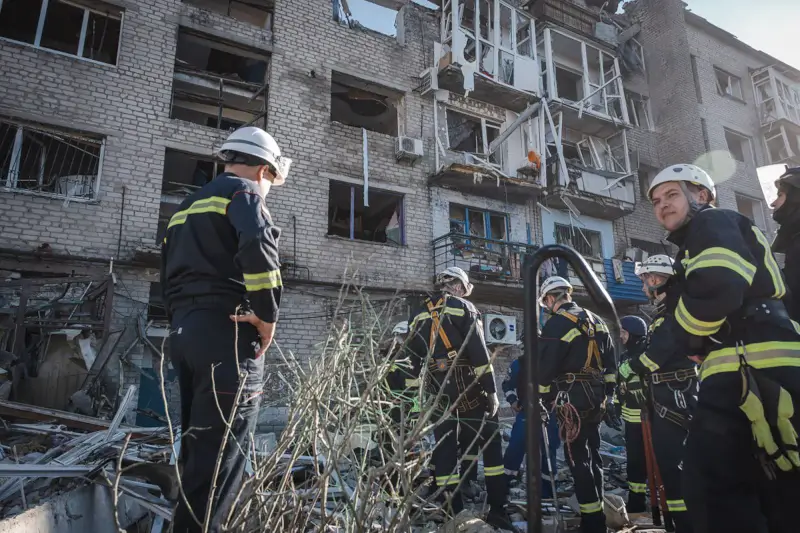
Ukrainian emergency workers work at the scene of an Aug. 7, 2023, Russian missile strike in Povrovsk.
[Ukrainian Emergency Service]
“War and conflict today, particularly in the urban setting, blur the lines between traditional, guerrilla and hybrid warfare and terrorism,” said the study, headed by Harvard critical care specialist Derrick Tin.
“Because untrained civilians and insurgency groups taking up arms may not understand or respect the rules of engagement, civilian medical providers may find themselves in unfamiliar and dangerous environments where attacks on healthcare personnel and facilities may be a part of the tactical strategy.
“Expected and traditional protections under International Humanitarian Law and the Geneva Convention are no longer guaranteed.”
Russian forces are not untrained, nor are they mounting a mere insurgency.
Seventy-eight Ukrainian first-responders have been killed and 280 wounded in Russian attacks since the invasion began in February 2022, said Colonel Oleksandr Khorunzhyi, a spokesman for the Ukrainian State Emergency Service.
In May, a landmine clearance team was hit by a drone-guided artillery strike. Three Russian shells hit in the first round. As colleagues, police, soldiers and investigators rushed to helped a wounded paramedic, 15 more shells landed.
The group was all but wiped out, their bodies blown to bits.
Economist reporter Isobel Koshiw wrote that she spoke to a dozen members of emergency services in Kherson, who all said that they were being deliberately targeted by Russian forces. Oksana Ulianova, who works for the Kherson regional rescue service, said emergency-services crews in the region were being shelled every other day. In January two fire stations in the city were hit.
Wired reported in July that if Russia is launching physical attacks against Ukrainian targets, “an actor” is trying to prevent the Ukrainians from getting digital access to emergency resources. “It’s a new facet in warfare,” said David Belson of Cloudflare, an Internet infrastructure and security company.
The United Nations reported in July that after 500 days of war in Ukraine, more than 9,000 civilians—including over 500 children—had been killed. “But the real number,” it added, “could be much higher.”
The UN monitoring mission in Ukraine noted the estimate represents three times as many civilians killed in those 500 days as died in the previous eight years of hostilities in eastern Ukraine, when Russian-backed separatists seized Crimea and other areas.
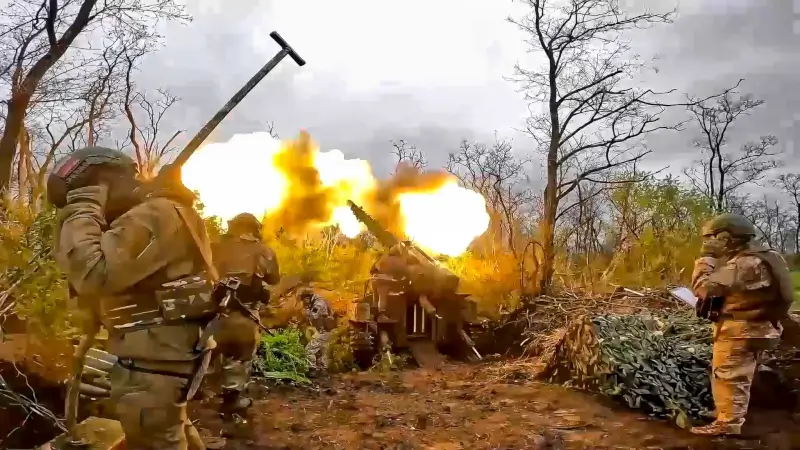
Russian troops fire a howitzer toward Ukrainian positions at an undisclosed location on Aug. 8, 2023.
[Russian Defence Ministry Press Service]
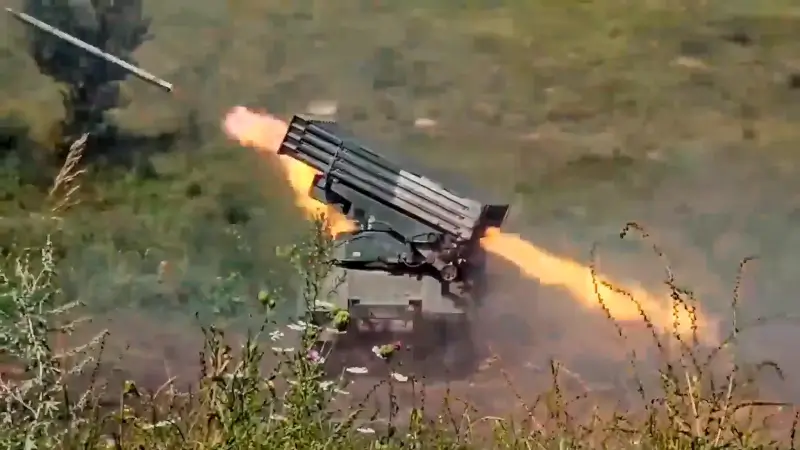
A Russian multiple rocket launcher fires on Ukrainian positions at an undisclosed location on Aug. 8, 2023.
[Russian Defence Ministry Press Service]
Advertisement



















